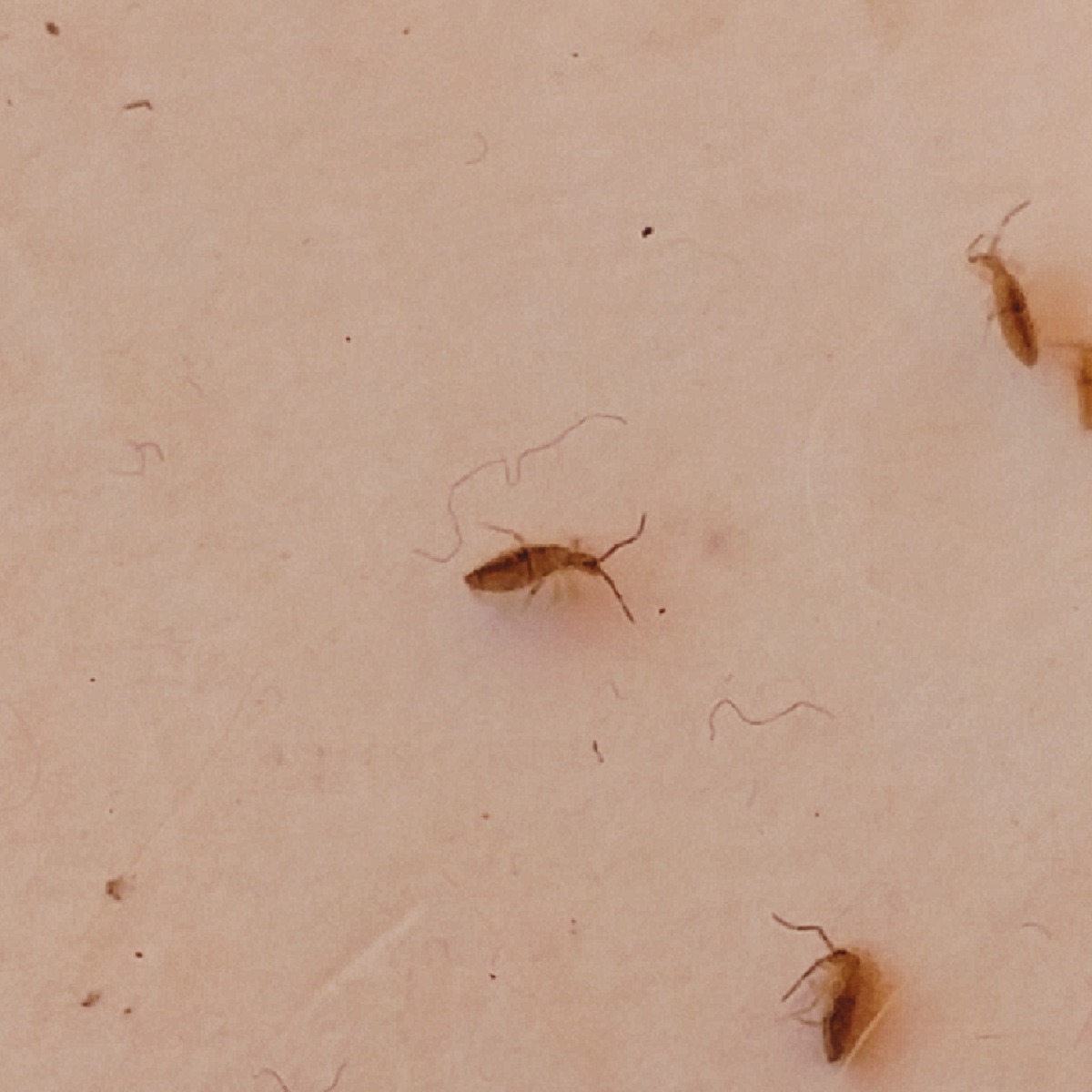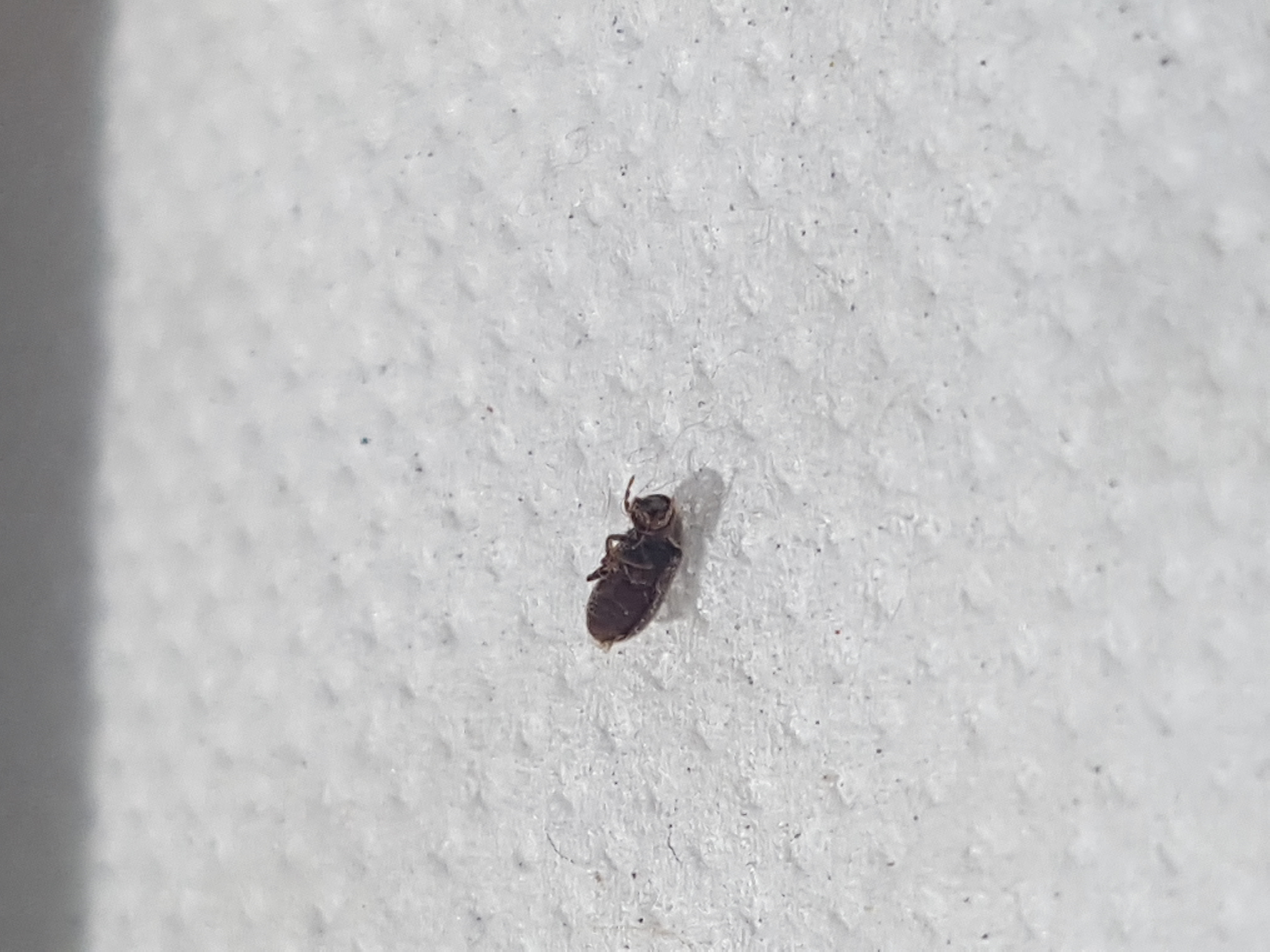Identifying the Little Black Bugs
:max_bytes(150000):strip_icc()/natural-ways-get-rid-insects-your-home-4864214-v2-2041dbe12ebf4e6c849ad4342c07ae61.jpg)
Identifying the tiny black insects in your bedroom can be a challenge, but it’s essential to understand what you’re dealing with to effectively address the problem. Small black bugs in bedrooms can come from various sources and have different behaviors, so it’s important to carefully observe their characteristics to pinpoint the culprits.
Common Types of Small Black Bugs in Bedrooms
Knowing the common types of small black bugs found in bedrooms can help you narrow down the possibilities.
- Carpet Beetles: These small, oval-shaped bugs are about 1/16 to 1/8 inch long and have a dark brown to black color. They often have a distinct pattern of light-colored spots or stripes on their wing covers. Carpet beetles are attracted to natural fibers like wool, silk, and feathers, and they can cause significant damage to carpets, furniture, and clothing. They typically feed on dead insects, hair, and skin flakes, but they can also eat plant materials like pollen and dried flowers.
- Booklice: These tiny, wingless insects are only about 1/16 inch long and have a pale brown to grayish-black color. They are often mistaken for dust mites because of their size and appearance. Booklice are commonly found in damp, humid environments, such as libraries, archives, and bathrooms. They feed on mold, mildew, and other organic materials, and they can cause damage to books, paper, and other materials. They are not known to bite or transmit diseases.
- Bed Bugs: These blood-sucking insects are about 1/4 to 1/2 inch long and have a reddish-brown color. They are often mistaken for ticks or other insects, but they have a distinctive oval shape and a flat, wingless body. Bed bugs are nocturnal and feed on human blood, leaving behind itchy welts on the skin. They are known to infest mattresses, furniture, and other areas where people sleep or rest. They can be difficult to eradicate, and professional pest control is often necessary.
- Fleas: These small, wingless insects are about 1/8 inch long and have a dark brown to black color. They are known to jump great distances, and they can be difficult to spot. Fleas are parasitic insects that feed on the blood of animals, including humans. They can cause itchy bites and allergic reactions, and they can also transmit diseases. Fleas are often found in carpets, rugs, and bedding, and they can be difficult to eradicate.
- Spider Mites: These tiny, spider-like creatures are about 1/50 inch long and have a reddish-brown to black color. They are often found in houseplants and gardens, but they can also infest homes, particularly in dry, dusty environments. Spider mites feed on plant sap, and they can cause damage to plants, leaving behind yellowing leaves and webbing. They are not known to bite or transmit diseases, but they can be a nuisance.
Understanding the Cause of the Infestation

Identifying the source of a little black bug infestation in your bedroom is crucial to effectively eliminate them. By pinpointing the entry points and understanding their habits, you can take targeted action to prevent future infestations.
Potential Entry Points
Understanding how these bugs enter your home is essential for controlling the infestation. They often find their way in through small openings that you might not even notice.
- Cracks in walls: These tiny fissures can provide easy access for bugs, especially if they’re near the foundation of your home.
- Gaps in windows and doors: Even the smallest gaps around windows and doors can be a gateway for these tiny creatures. Make sure weather stripping is in good condition and that windows and doors close tightly.
- Vents and pipes: These openings can be a common entry point, especially if they’re not properly sealed.
- Openings around utilities: Areas where utilities enter your home, such as electrical outlets, plumbing fixtures, and gas lines, can also provide access for bugs.
Factors Contributing to the Infestation
The presence of these bugs is often influenced by specific conditions that make your bedroom an attractive environment.
- Food sources: These bugs are attracted to food crumbs, spills, and even pet food. Maintaining a clean and clutter-free environment is key.
- Moisture levels: High humidity can create ideal conditions for these bugs to thrive. Ensure proper ventilation and address any sources of moisture, such as leaky pipes or condensation.
- Temperature conditions: Some bugs prefer warmer temperatures, so keeping your bedroom at a comfortable temperature can discourage them.
Lifecycle of the Bug
Understanding the lifecycle of these bugs is crucial for effectively controlling the infestation.
- Breeding habits: These bugs typically lay eggs in hidden locations, such as cracks and crevices. The eggs hatch into nymphs, which then molt several times before reaching adulthood.
- Preferred environments: These bugs often prefer dark, damp places, such as basements, crawl spaces, and bathrooms.
- Potential lifespan: The lifespan of these bugs can vary depending on the species and environmental conditions. However, they can live for several months, making it important to address the infestation quickly.
Effective Solutions for Control and Prevention: Little Black Bugs In My Bedroom

Once you’ve identified the little black bugs in your bedroom and understood the cause of the infestation, it’s time to take action. There are several effective solutions for controlling and preventing these pests, ranging from natural remedies to chemical treatments and professional pest control services.
Natural Remedies, Little black bugs in my bedroom
Natural remedies offer a less toxic and more environmentally friendly approach to pest control.
- Diatomaceous Earth: This naturally occurring, finely ground powder made from fossilized diatoms is effective against many insects, including bed bugs. It works by absorbing the moisture from their exoskeletons, causing them to dehydrate and die. You can sprinkle diatomaceous earth around baseboards, cracks, and other areas where insects may be hiding.
- Essential Oils: Certain essential oils, such as peppermint, tea tree, and lavender, have insecticidal properties. You can dilute these oils with water and spray them in areas where you see insects or along baseboards.
- Vacuuming: Regularly vacuuming your bedroom, particularly under furniture, along baseboards, and in corners, can help remove insects and their eggs. Dispose of the vacuum bag immediately after each use to prevent reinfestation.
- Heat Treatment: Exposing infested areas to high temperatures can kill insects. You can use a hairdryer on a high setting or a heat gun to treat cracks and crevices where insects may be hiding.
Chemical Treatments
Chemical treatments can be effective in eliminating infestations, but they should be used with caution due to potential risks to human health and the environment.
- Insecticides: There are many different types of insecticides available, but it’s important to choose one that is specifically designed for the type of insect you’re dealing with. Always read and follow the manufacturer’s instructions carefully and ensure proper ventilation during application.
- Fumigation: Fumigation involves using a gas to kill insects in a sealed area. This method is typically used for severe infestations and should only be performed by a licensed professional.
Professional Pest Control Services
If the infestation is severe or you’re unsure how to handle it yourself, it’s best to contact a professional pest control company. They have the expertise and equipment to effectively eliminate the infestation and prevent future problems.
- Inspection and Identification: A professional will inspect your home and identify the type of insect you’re dealing with.
- Treatment Plan: Based on the identification and severity of the infestation, they will create a customized treatment plan.
- Treatment Application: Professionals will apply the appropriate treatment methods, which may include insecticides, fumigation, or other techniques.
- Follow-up and Monitoring: They will follow up with you to ensure the treatment was successful and monitor for any signs of reinfestation.
Prevention
Preventing future infestations is essential to maintaining a pest-free environment.
- Seal Entry Points: Insects can enter your home through cracks and crevices in walls, floors, and windows. Seal these entry points with caulk, weather stripping, or other appropriate materials.
- Eliminate Food Sources: Insects are attracted to food sources. Keep your bedroom clean and free of crumbs, spills, and other food debris. Store food in airtight containers and dispose of garbage regularly.
- Maintain a Clean and Dry Environment: Insects thrive in damp and cluttered environments. Regularly clean and vacuum your bedroom, and keep it well-ventilated.
- Regular Inspections: Regularly inspect your bedroom for signs of insects, such as droppings, shed skins, or live insects. This will allow you to address any issues early before they become a major problem.
Little black bugs in my bedroom – The presence of small black bugs in a bedroom can be a cause for concern, as they may indicate an infestation. While the source of the infestation may be unrelated to the décor, it is important to note that certain design choices can influence the likelihood of pest activity.
For instance, a grey and gold bedroom wallpaper may create a visually appealing environment, but it may also provide a surface for insects to cling to and hide. Therefore, it is crucial to address the source of the infestation and implement appropriate pest control measures to ensure a clean and bug-free bedroom.
The presence of small black insects in a bedroom can be a cause for concern, as they may indicate an infestation. While the aesthetics of a pink grey and gold bedroom might be appealing, it’s important to prioritize identifying and addressing the source of the infestation to prevent further issues and maintain a comfortable living environment.
To effectively manage the situation, it is recommended to consult with a pest control professional for a thorough inspection and appropriate treatment plan.
